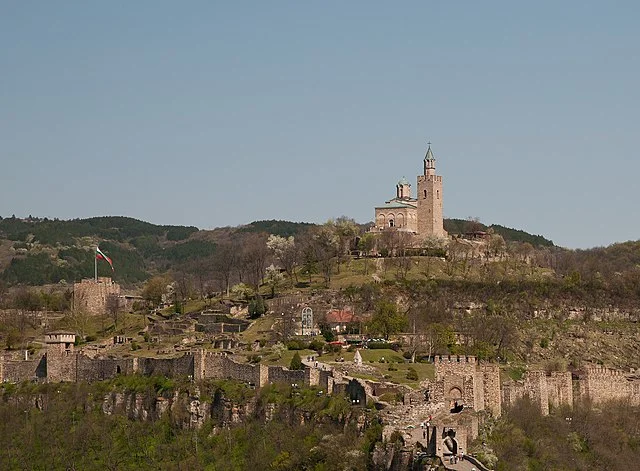Tsarevets Fortress, located in Veliko Tarnovo, Bulgaria, is a medieval stronghold with a rich and complex history. Strategically positioned on a hill by the Yantra River, it served as the primary fortress and royal residence of the Second Bulgarian Empire, particularly during its peak between the 12th and 14th centuries AD.
Get your dose of History via Email
Historical Background
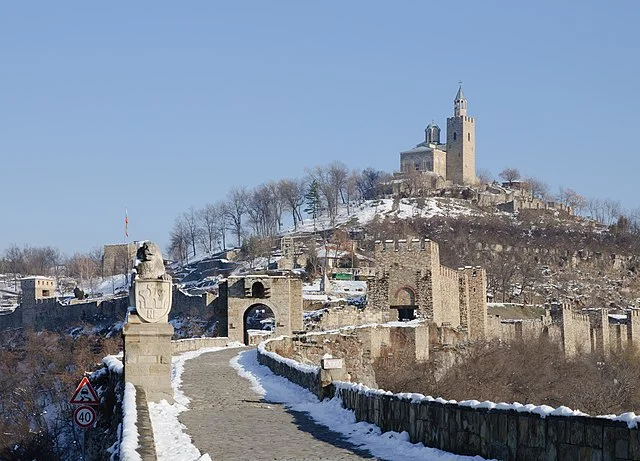
Inhabited since ancient times, the Tsarevets hill saw settlement by Thracians and Romans. However, it became an essential fortress in the Byzantine era and gained prominence in the late 12th century AD when Bulgaria reclaimed its independence from Byzantine rule in 1185 AD. At that time, the fortress became the center of the newly established Second Bulgarian Empire, serving both as a military stronghold and as the political and religious capital.
Architecture and Structure
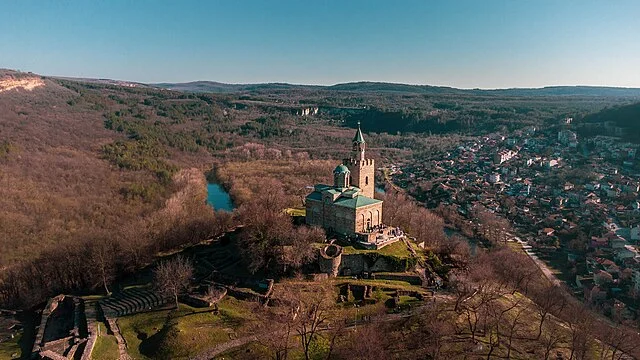
The Tsarevets Fortress complex is extensive, spanning an area of over 100,000 square meters. Builders used massive stone walls to enclose the fortress, ensuring strong defensive capabilities. The fortress walls, reaching up to 12 meters high and about 3.6 meters thick, were strategically positioned to protect the inner areas from invasion.
The fortress’s layout comprises several critical sections. The Royal Palace Complex is one of the most significant areas, housing the royal residences and administrative offices. The Patriarchal Cathedral of the Holy Ascension of God stands at the highest point within the fortress and served as the center of Bulgarian Orthodoxy during the Second Bulgarian Empire. This church was not only a place of worship but also an important symbol of the empire’s spiritual and cultural independence.
Other notable features within the fortress include residential buildings, craftsman workshops, and small churches. Archeologists have found evidence of advanced urban planning, showing that Tsarevets was more than a fortress; it was a bustling medieval city.
Political Significance
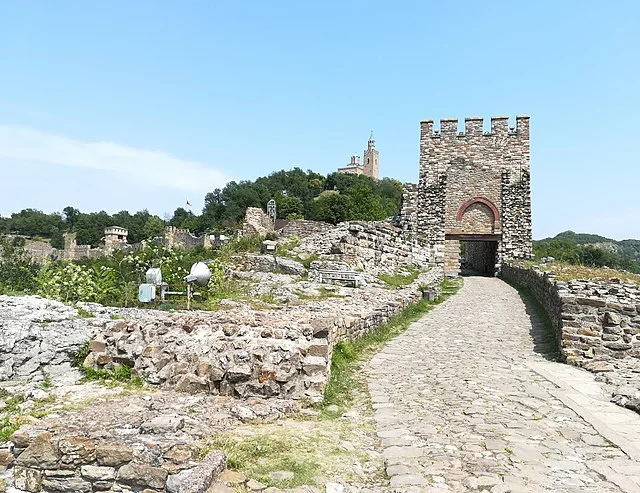
As the capital of the Second Bulgarian Empire, Tsarevets Fortress played a critical role in shaping Bulgaria’s political landscape. The ruling Asen and Shishman dynasties resided here, governing a vast empire that extended across the Balkans. From this fortress, Bulgarian rulers resisted numerous attempts at invasion, especially from the Byzantine Empire and other regional powers.
Under the Asen dynasty, Tsarevets became a focal point for Bulgarian resistance and expansion. However, in 1393 AD, after a prolonged siege, the fortress fell to Ottoman forces, marking the end of the Second Bulgarian Empire. This event shifted Bulgaria’s status, leading to almost five centuries of Ottoman rule.
Archaeological Discoveries
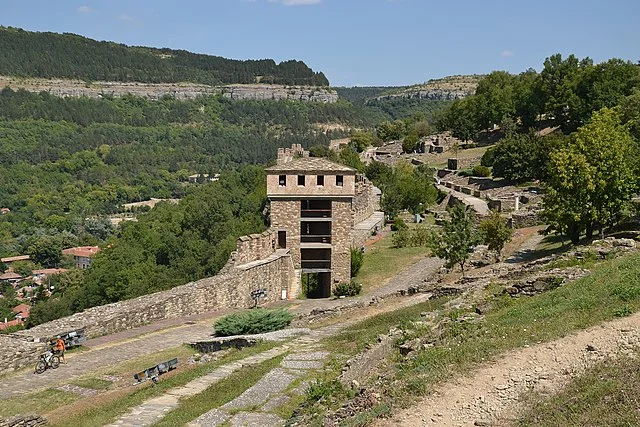
Excavations at Tsarevets have revealed a wealth of information about medieval Bulgarian life and culture. Archaeologists discovered weapons, religious artifacts, and various domestic items, shedding light on the daily lives of those within the fortress walls. The findings reveal a well-organized settlement with skilled craftsmen, traders, and a high level of cultural and religious development.
Recent archaeological efforts have also focused on restoring and preserving the site, ensuring that the remnants of this historic fortress remain accessible to both researchers and the public.
Modern-Day Tsarevets
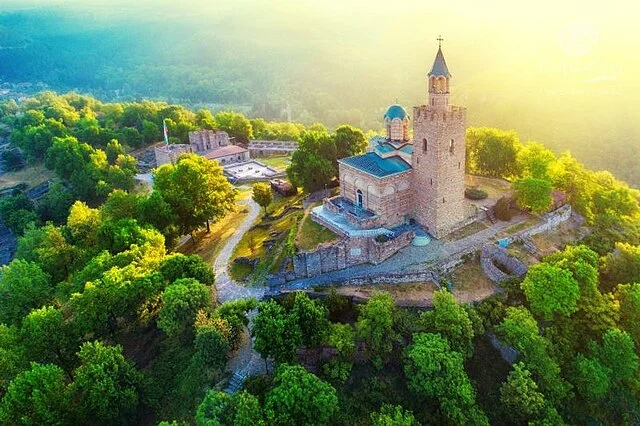
Today, Tsarevets Fortress is one of Bulgaria’s most popular historical sites. It attracts visitors from around the world, offering a view into Bulgaria’s medieval past. In recent decades, significant restoration efforts have enhanced the experience for visitors, including the recreation of the Patriarchal Cathedral’s interior with modern murals that interpret the historical events of the Second Bulgarian Empire.
The fortress also hosts sound-and-light shows that narrate its historical significance and cultural legacy. These events offer a dynamic experience for visitors, highlighting Tsarevets’ role in Bulgaria’s history and its importance as a symbol of national pride.
Conclusion
Tsarevets Fortress stands as a testament to the power and culture of the Second Bulgarian Empire. Its well-preserved structures and historical significance make it a vital site for understanding medieval Bulgarian history. For historians, archaeologists, and visitors alike, Tsarevets offers valuable insights into Bulgaria’s cultural heritage and the resilience of its people through centuries of change.
Source:

